

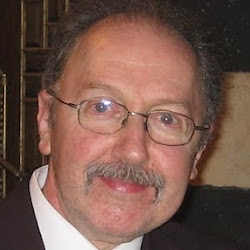
|
State of the Union 2022
Hamzeh Roumani, Board of Directors PresidentJune 6, 2022 |
Note: Views expressed in this blog do not necessarily reflect the official position of MTCC 1113. They were written by Hamzeh Roumani, the President of the Board, and reflect his personal take on things.
The Casita Initiatives
In addition to their regular duties (meetings, budgets, safety, approvals, oversight, disputes, etc.), the Board members took a number of initiatives during the past year:- Communication & Community (led by Amy, the Board's Secretary and Shared Rep)
This encompasses creating notices (from the Board and from Management) and managing their distribution; organizing events; and managing community volunteers. - Tutorial Videos (led by Hao)
This involves creating short tutorial videos to demonstrate basic things, such as where to throw big items or how to clean the dryer fan. The videos will also remind residents of the rules and address new issues. Three videos have already been produced and more are on the way. Check them out at: http://www.northtowncasitas.com/en/ourcommunity/video.php - Feedback & FAQ (led by Jason)
This includes monitoring the Residents' Website (Condo Control), in which residents can post and discuss topics, in order to discern recurring themes; find answers and solutions; and update the community's FAQ (Frequently Asked Questions), which is posted on the Board's Website. Check it out at: http://www.northtowncasitas.com/en/ourcommunity/maintainence.php - The Board's Website (led by Alan, the Board's Treasurer and Shared Rep)
This involves creating, hosting, and maintaining the Board's Website, NorthtownCasitas.com. This is the official website of our condo and it contains things like this blog, the tutorial videos, the FAQ, notices, rules and regulations, etc. It compliments the the Residents' Website (Condo Control), which is a commercial, manager-dependent product that is hosted beyond our control. Check out the Board's website at: http://www.northtowncasitas.com - Projects & Specs (led by meHamzeh, the Board's President)
This involves monitoring ongoing projects; exploring new projects; reviewing completed projects; and creating specifications for alterations to the common elements. Examples include monitoring the frequency of repairs; exploring LED retrofits, pipe snaking, and gutter covers; and creating specs for A/Cs, doorbell cameras, renovation forms, etc. Check out the specs at: http://www.northtowncasitas.com/en/ourboard/unitalteration.php
Shared Elements
Out community (known as Northtown I to distinguish it from its sister community at Doris and Byng) is made up of three corporations:- Our Casitas at 126 Grandview Way, Corp: #1113, Units: ~200, Share: 39.2%
- The south tower at 88 Grandview Way, Corp: #1332, Units: ~150, Share: 31.2%
- The parkside tower at 880 Grandview Way, Corp: #1446, Units: ~150, Share: 29.6%
All rules related to common elements (whether exclusive-use or not) are set by the Board based on majority decisions. As to shared elements, their rules are set by The Shared based on unanimous decisions with veto rights. All expenses related to shared elements are incurred by each corporation based on its share percentage shown above. For a few shared elements, the expense is not segregated (e.g. garage lighting and ramp heating are drawn from meters belonging to 1113) so the following arrangements have been agreed to:
| Expense | Shared Facilities Pays |
|---|---|
| Mechanical | 20% (of 1113) |
| Emergency Generator | 93% (of 1113) |
| Gas | 5.7% (of 1113) |
| Hydro | 76.8% (of 1113) + 2.5% (of 1446) |
| Water | 26.3% (of 1113) + 10% (of 1446) |
As an example of applying the above table, the gas needed for the boilers is billed to 1113. These boilers heat the garage's entry/exit ramps (which is shared) as well as the corridors of the townhouse blocks (which are not shared). The table identifies this shared expense as 5.7% of the 1113 bill.
Any alteration that owners make to their units and/or to the common elements require both Management and Board approvals in order to verify that the alteration:
- Does not contravene any rule or bylaw,
- Does not prevent others from enjoying their units or the common elements,
- Does or does not require registration on title,
- Abides by all code, licensing, and insurance requirements.
The USS View
The audited financial statements (ours and the Shared) were included in the notice of this year's AGM and will be discussed during it by the auditor and the treasurer. My take on these statements has a different perspective--I call it the USS View because it focuses on Utilities, Sitework, and Savings.The first step involves tracking expenses regardless of whether we paid for them directly or through the Shared. For example, we paid $465,950 for our reserve fund, but the Shared paid $639,036 for its reserve and we pay 39.2% of that, so our true reserve contribution this year is the sum of the two, or $716,452. This is a true measure of how much we saved for future repairs and replacements. In addition to tracking our Savings, I also look at our Utilities (electricity, gas, and water) and Site-Work (repairs, maintenance, management, insurance, ... etc). The result of this USS (Utility, Sitework, Saving) view is the following table:
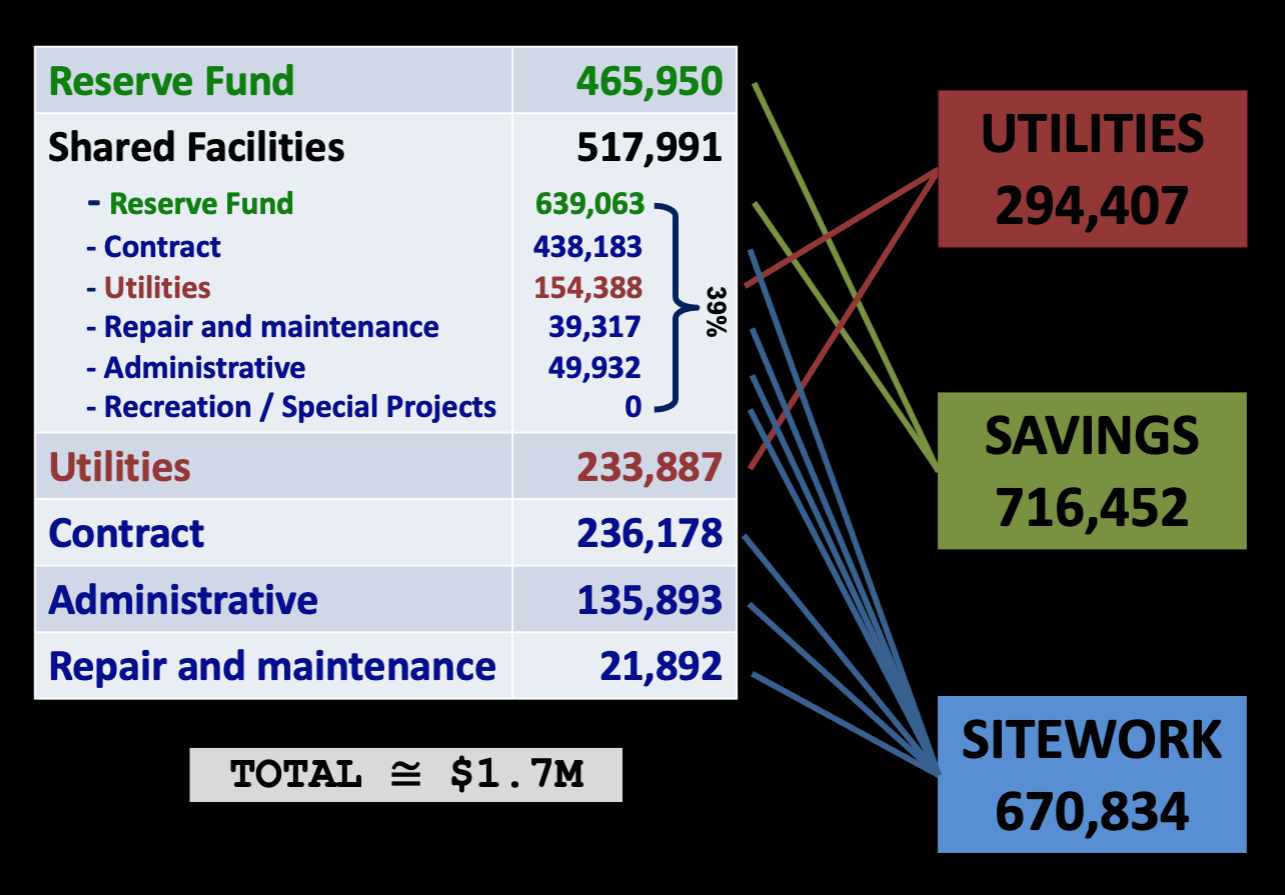
Amalgamating direct and shared expense types like this provides a true feel for how our fees are spent. Here is a fine-grained breakdown of our expenses:
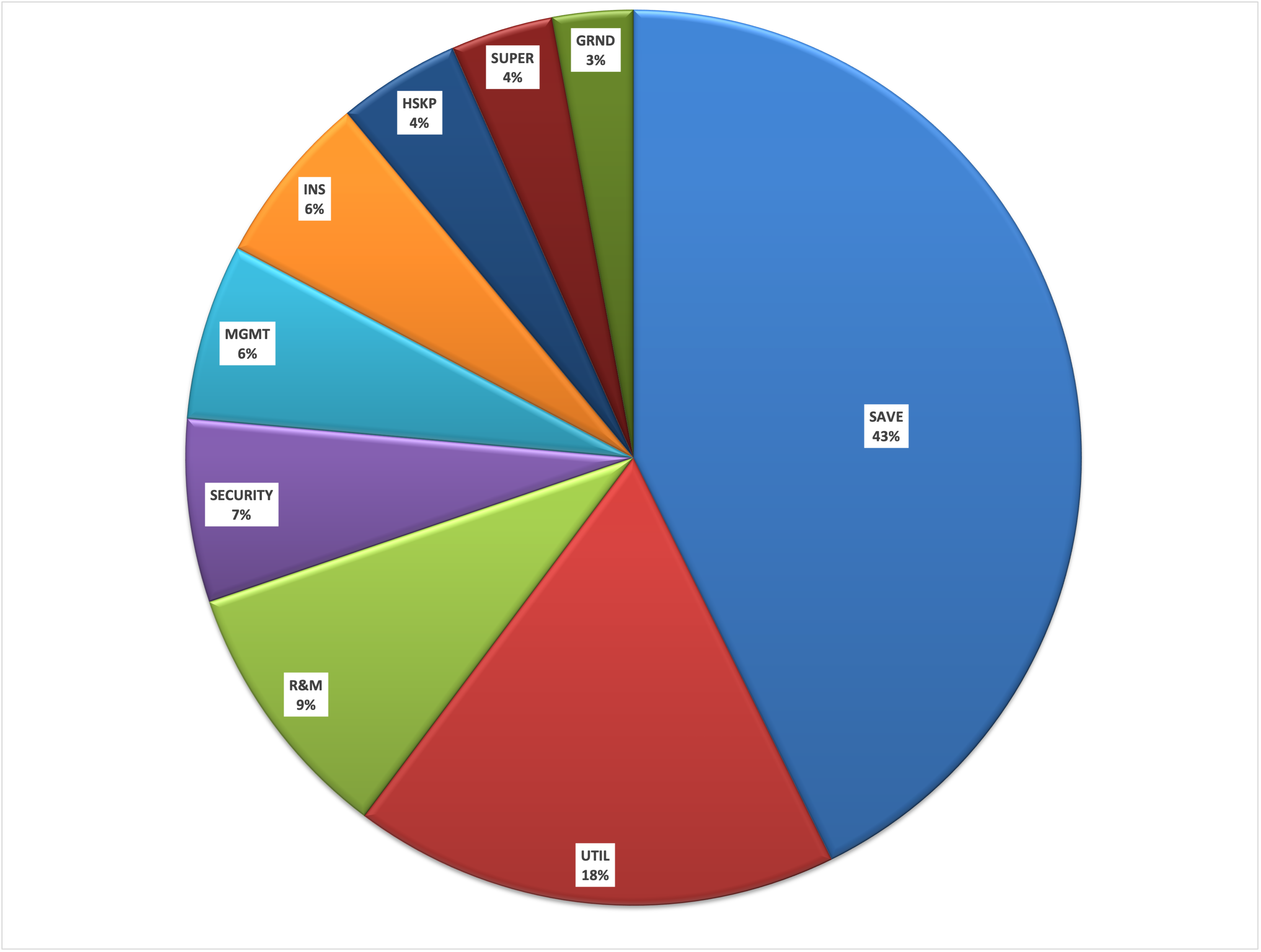
where R&M = repairs and maintenance, MGMT = property management, INS = insurance, HSKP = house keeping (cleaners), SUPER = superintendents, and GRND = ground (landscaping).
This analysis leads to the following big picture emerges: For every dollar we pay in condo fees:
- About ~20 cents is spent on utilities,
- About ~40 cents is spent on site-work, and
- About ~40 cents is saved for a rainy day.
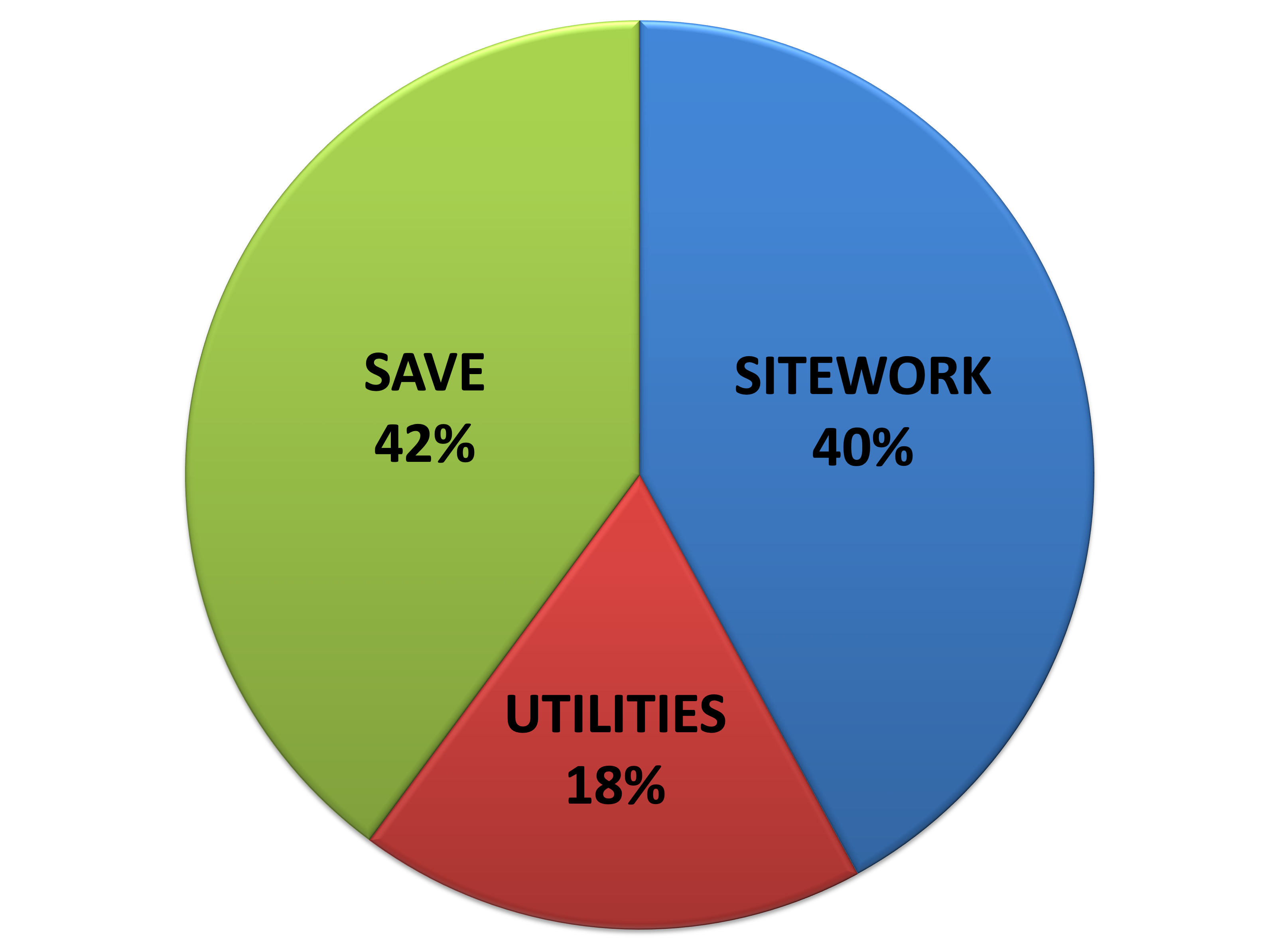
Condo Fees
Our condo fees went up by about 6%. Why? And will this trend continue in the forceable future? I will try to answer these questions here.As to "why", it is the usual culprits: scheduled increases in contribution to ours and the Shared's reserve fund (about 70K); increases in utilities (20K, mainly water); and increases in insurance and consulting (10K).
As to trend, I think we can forecast by extrapolating historical data. Let us look at the history of our USS expenses during the past 10 years:
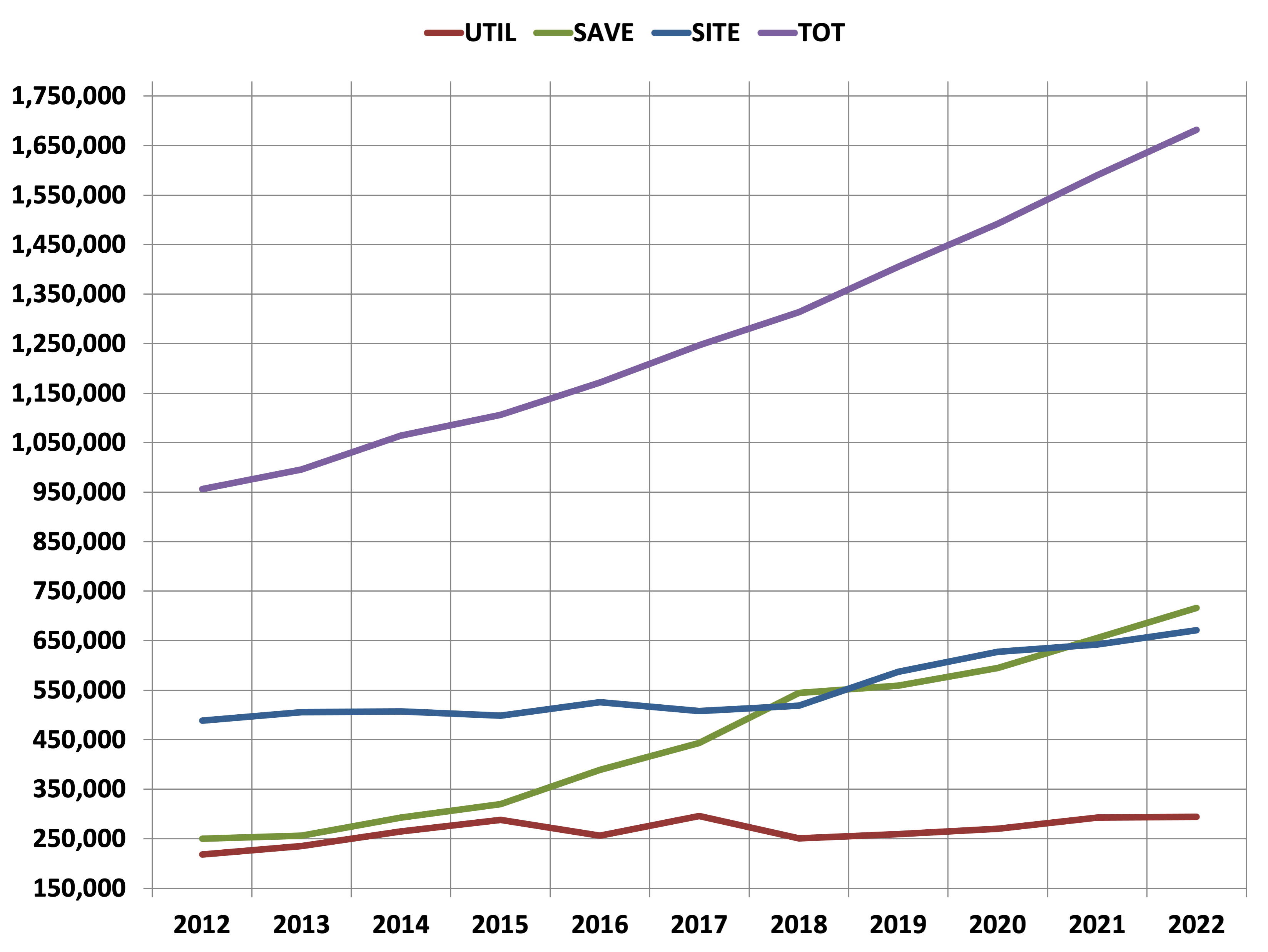
We see from the chart that:
- Utilities has been increasing at an average rate of 5% per year. This category is very difficult to predict given its dependence on global events and local politics (which affect the rates), and on weather patterns (which affect consumption). I will assume its increase will remain capped at 4%.
- Site-work has been increasing at an average rate of 4% per year. I believe this increase will continue to hover around 3% because our service contracts are pretty tight and they all have limits on increases.
- Saving has been increasing at an average rate of 13% per year. This increase will remain around 10% in the next 2 years (as per the reserve-fund study) and then drop. This could change of course if we encounter major failures before the replacement dates assumed in the study, but nevertheless, I believe 10% is a safe assumption.
- The expense total (purple) has been increasing at an average rate of 7.2% per year.
5%x20 + 4%x40 + 13%x40 = 7.8%.
This is my prediction based on a 11-year history. The only "risky" assumption in my argument has to do with Utilities. I am assuming it will not go up by more than 5% but if the aging lead water pipes in Toronto started to fail, or if government started to add GST to the bill, things can change, so we should keep a close eye on it.To that end, let's take a deeper dive into our three utility bills and observe their trends over the past 11 years:

We see that electricity (blue) and gas (red) have been reasonably steady, but water has been increasing at an average annualized rate of about 10%. We cannot do anything about rates but we can work on reducing our consumption. This confirms last year's recommendation to The Shared to install a smart sprinkler system (one that adjusts the watering schedule based on actual weather, soil condition, and evaporation rate). We should also continue to encourage residents to use water-saving fixtures (toilets, shower heads, faucets, etc.) and control water waste.
Our Aging Elevators
The five elevators in our casita blocks are of the in-ground, single direct-acting piston type and were installed when the complex was built back in 1995. They are manufactured by Dover (Thyssenkrupp at the time) and have a typical lifespan of 20-25 years, which puts them beyond the end of their expected service lives (indeed the one in the 500 block failed three years ago and had to be replaced). Our reserve fund has funds earmarked for this but the problem these days goes beyond money: Supply Chain and Staff Shortage. I have seen cases in surrounding condos in which replacing boilers or chillers is taking 6 to 12 months due to these COVID-induced hurdles. Because of this, the Board will explore preempting failures, one block at a time, in order to minimize the potential of long, out-of-service periods.
Fire Safety
In addition to fire hydrants and sensors in the corridors, each casita must have one or more smoke detector and CO detector. The smoke detectors are hard-wired and fixed to the ceiling whereas the CO detectors are typically plug-in or battery-operated. The Condo Corporation conducts a fire test in each casita annually to ensure that all detectors are present and functioning. If a detector is missing or if it fails a test, a deficiency is recorded, and a replacement is installed. The cost of installing a replacement and re-conducting the test is absorbed by the Condo Corporation for smoke detectors (since they are common elements), and is charged back to owner of the casita for CO detectors (since they are not common elements).
But now that combined smoke/CO detectors have become widespread, and to ensure the safety of all residents, the Board has passed a motion to replace any defective detector by a smoke/CO detector, and to incur the full cost. This way, we will all eventually have hard-wired detectors for both smoke and CO with no chargebacks. This will streamline the testing process and eliminate delays in addressing deficiencies.

Views expressed in this blog do not necessarily reflect the official position of MTCC 1113. They were written by Hamzeh Roumani, the President of the Board, and reflect his personal take on things.





